The northern mountainous province of Cao Bang possesses a magical beauty that few places have. In winter, the forests in the locality with many vibrant colours give off an extraordinary beauty.
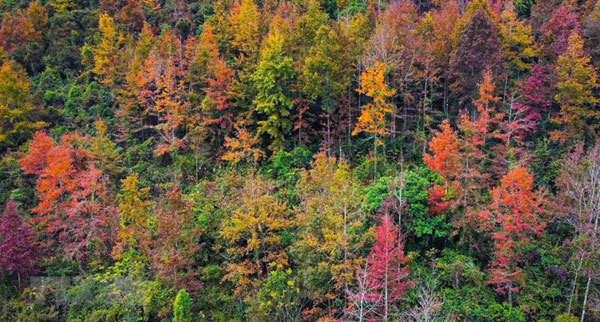 |
| During a survey of Non Nuoc Cao Bang geopark’s values and conservation work in July 2017, UNESCO experts praised this as a fairyland. They asked local authorities to build a tourist route to explore this land, especially in winter when Cao Bang is extremely impressive with colourful forests. (Source: VNA) |
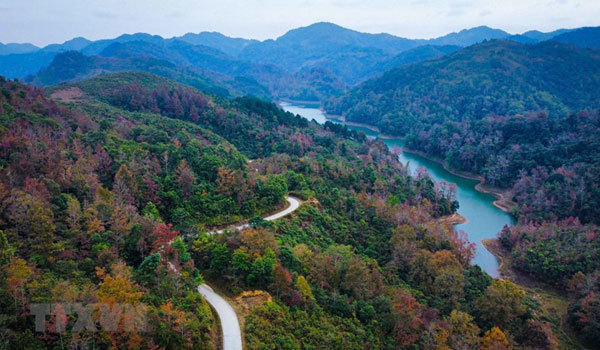 |
| These trees are called sau trees (Chinese sweet gum), and at the same time are called ‘sau sau’ trees by many people in other places. Sau trees are grown close together on the hillside of Cao Bang region. Each tree is up to 10m tall with the main highlight being unique leaves look like mapple leaves and can turn color in different season. (Source: VNA) |
 |
| Road to Ban Viet Lake in Trung Khanh District, Cao Bang Province. (Source: VNA) |
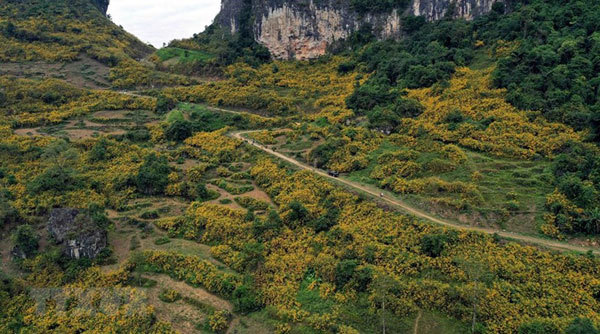 |
| In winter, when the forests of wild sunflowers bloom brightly, tourists may get lost in the wild beauty of the mountain. (Source: VNA) |
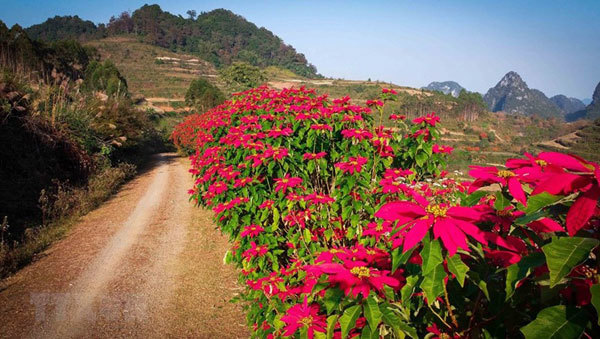 |
| Local people often plant poinsettia trees as fences for their fields. As winter comes, the flower fences blossom brightly. (Source: VNA) |
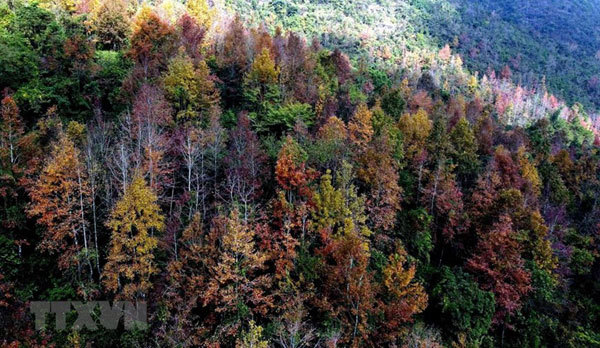 |
| This occasion is the time when the forests are dyed purple and red, creating an enchanting landscape. (Source: VNA) |
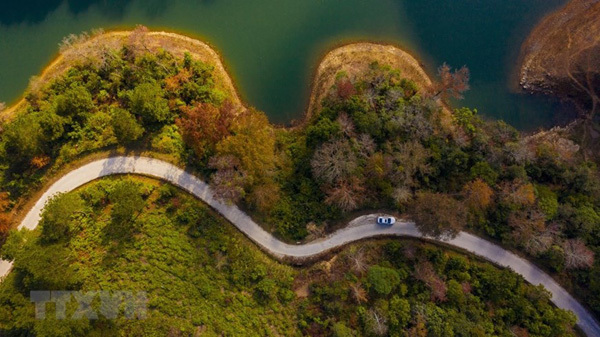 |
| Despite being a mountainous locality, Cao Bang is home to many lakes. In winter, green lakes and the shade of trees create a peaceful beauty. (Source: VNA) |
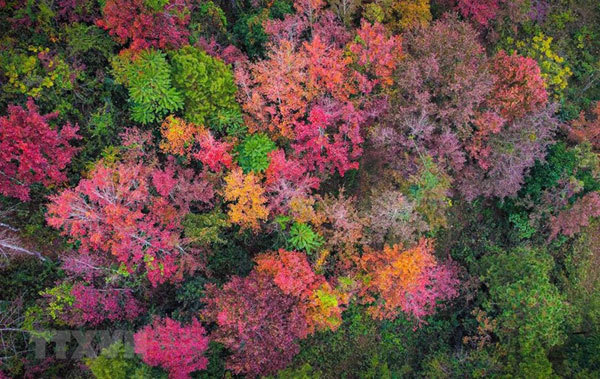 |
| Winter is the time when the forests in Cao Bang with many vibrant colors give off an extraordinary beauty. (Source: VNA) |
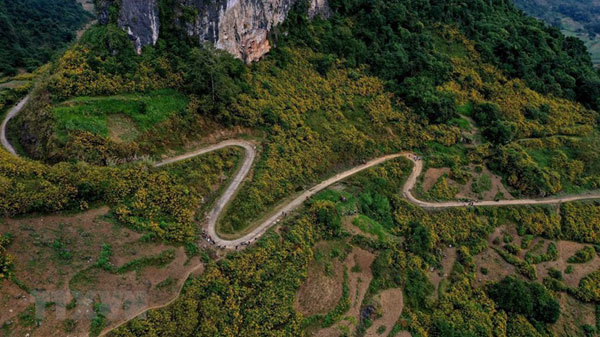 |
| The forests of wild sunflowers bloom brightly, creating an impressive attraction to many visitors. (Source: VNA) |
VNP/VNA
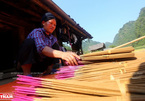
The incense craft of the Nung ethnic minority people in Phia Thap Village, Quoc Dan Commune, Quang Uyen District, Cao Bang Province is contributing to the preservation of a traditional spiritual culture.
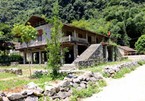
Khuoi Ky village in Trung Khanh district, Cao Bang province, is famous for its stilt houses built of rocks and its tradition of worshipping the Rock God.










